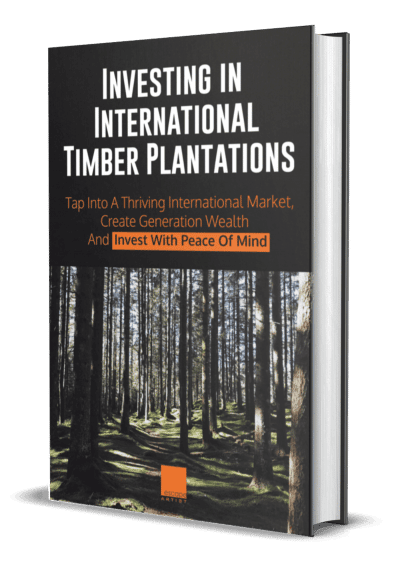As with most of Central America, Nicaragua is blessed with an impressive wealth of forestry resources and a low population density; this makes the country a perfect destination for forestry investments. Nicaragua has a total surface of 130,375 km2 of which 35,000 km2 of it has forestry potential, with approximately more than 19,000 km2 of economically valuable natural forests apt for sustainable management projects. The country has also 18,000 km2 of land suitable for forest timber plantations of species with commercial value, including teak, royal cedar, mahogany, pochote, teak, eucalyptus, melina, among others. Some recognized companies such as Precious Woods, Futuro Forestal, Hemco, NicaForestal and Norteak have already ventured into this sector including ECI’s Nicaragua timber investment in a teak plantation. The low population density of Nicaragua and the slow economic activity has led to considerable extensions of land to be currently under-utilized.
As the Nicaraguan Agency for the attraction of foreign investments, ProNicaragua, points out, the production of energy and biofuels based on forestry biomass may constitute an interesting field of investment besides classical wood extraction activities. The Nicaraguan state has created a legal base to exploit this potential of forests as a part of the strategy to foster biomass production through fiscal and legal incentives: the Law for the Promotion of Electric Energy from Renewable Sources (Law 532).
Most of Nicaragua and especially the Atlantic region of Nicaragua is characterized by precipitations between 2,500 and 5,000 mm per year. Therefore the region has great potential for forestry plantations, as well as the cultivation of products such as cacao, African palm, and other biofuel crops. Additionally, the Government of Nicaragua is proactively promoting investments specifically in rubber and coconut. The main areas for investment opportunity in forestry are: Forest plantations of commercially valuable timber, rubber plantations, cocoa bean production for export, carbon credits.
One important aspect of any economic activity in Nicaragua in comparison to its neighboring countries is the extremely low labor costs; a Costa Rican worker may represent a 5 times higher labor cost as a Nicaraguan worker. A worker from Honduras or Guatemala may represent a 3 times higher labor cost. Interestingly Nicaragua has a large pool of qualified labor: as ProNicaragua states close to 5,000 university students graduate each year with majors in business management, agro-engineering, zoology, agribusiness, biology and other related fields.
A high level of forestry potential with low labor costs and high educational levels could make Nicaragua a potential gold mine for anybody investing in forests.
Like Our Articles?
Then make sure to check out our Bookstore... we have titles packed full of premium offshore intel. Instant Download - Print off for your private library before the government demands we take these down!






